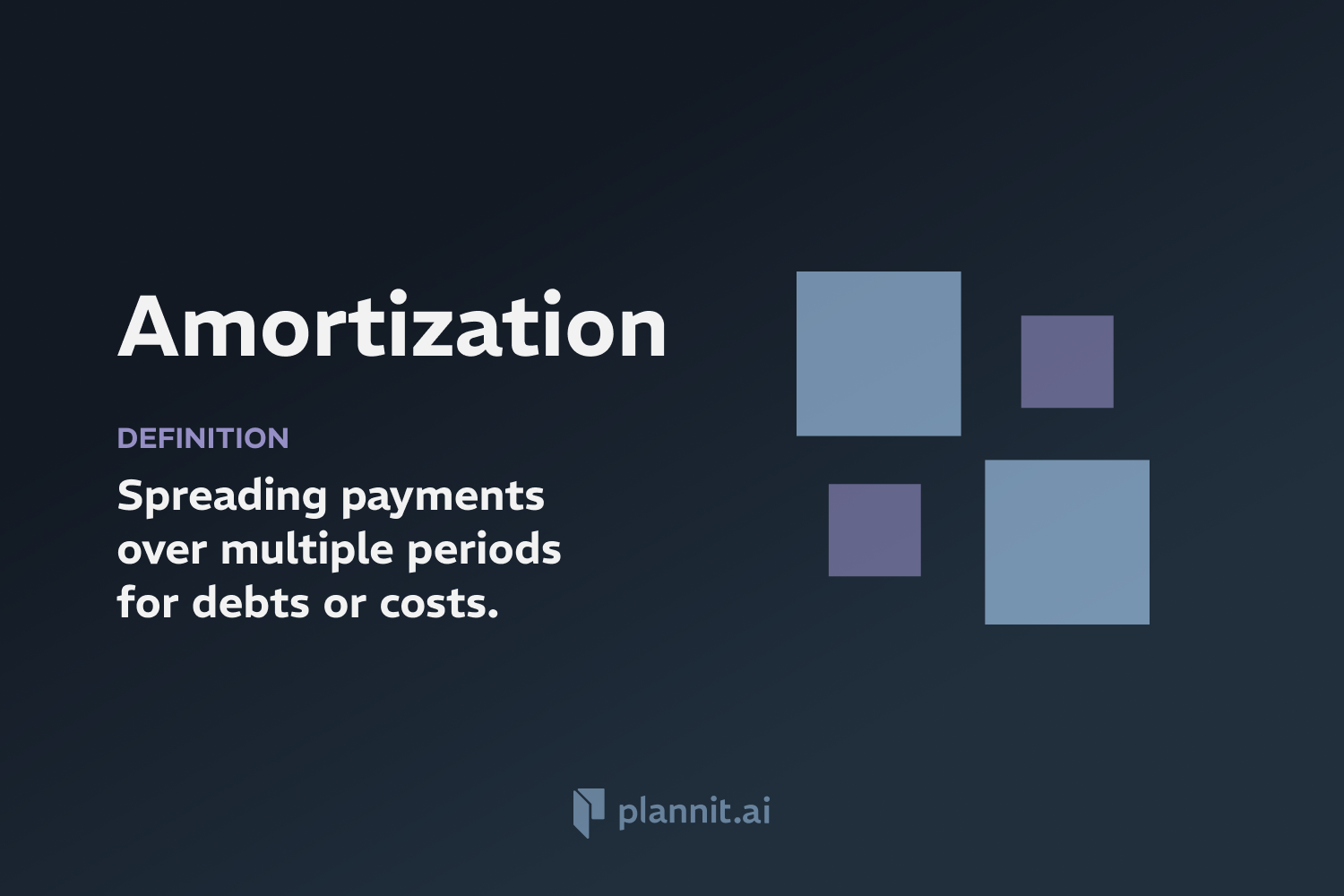Need Help With Your Business Plan?
Answer tailored questions and get a detailed business plan in minutes.
Diversification: Definition & In-Depth Explanation
Diversification is a risk management strategy that mixes a wide variety of investments within a portfolio. The rationale behind this technique is that a diversified portfolio will, on average, yield higher returns and pose a lower risk than any individual investment found within the portfolio.
Purpose:
The purpose of diversification is to reduce the risk of loss by spreading investments across various financial instruments, industries, and other categories. It aims to maximize returns by investing in different areas that would each react differently to the same event.
Example:
An investor might diversify their portfolio by investing in a mix of stocks, bonds, real estate, and commodities. For instance, if the stock market experiences a downturn, the bonds or real estate investments might perform better, thereby balancing the overall performance of the portfolio.
Related Terms:
Asset Allocation: The process of deciding how to distribute an investor's wealth among different asset classes such as stocks, bonds, and cash to achieve a specific investment goal.
Risk Management: The identification, assessment, and prioritization of risks followed by coordinated efforts to minimize, monitor, and control the impact of unfortunate events.
Portfolio: A collection of financial investments like stocks, bonds, commodities, cash, and cash equivalents, including closed-end funds and exchange-traded funds (ETFs).
Correlation: A statistical measure that describes the extent to which two securities move in relation to each other.
FAQs:
What are the benefits of diversification?
Diversification can help reduce risk by spreading investments across various assets, thus minimizing the impact of poor performance of any single investment. It can also enhance returns over the long term by including a variety of asset classes that perform differently under various market conditions.
Can diversification eliminate all risks?
No, diversification cannot eliminate all risks. It primarily reduces unsystematic risk (specific to individual investments) but cannot eliminate systematic risk (market-wide risks) such as economic downturns, interest rate changes, or political events.
How does diversification affect the risk-return tradeoff?
Diversification aims to achieve an optimal balance between risk and return. By holding a mix of assets that respond differently to market conditions, investors can potentially achieve more stable returns and reduce the overall risk of their portfolio.
What is the difference between diversification and asset allocation?
Diversification involves spreading investments within asset classes, such as different stocks or bonds, whereas asset allocation involves distributing investments among different asset classes, such as stocks, bonds, and cash. Both strategies are used to manage risk and enhance returns.
Is there a downside to diversification?
Over-diversification can lead to diminished returns as it might involve holding too many low-performing investments. It can also increase transaction costs and complicate portfolio management. Therefore, finding the right balance is crucial.
Get funding with a business plan that will impress investors.
Starting a New Business?



